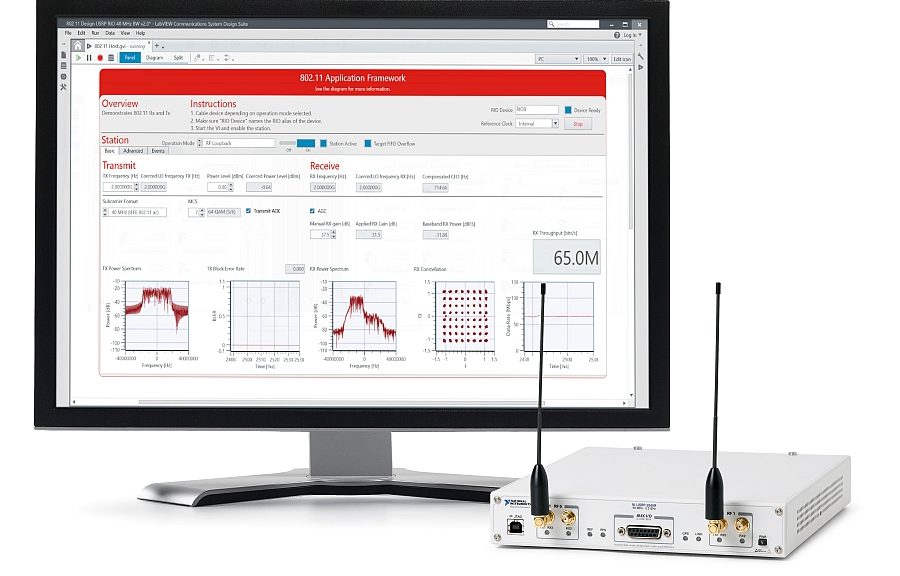Spirent uses software defined radio products of National Instrument’s to provide a solution to accelerate the deployment of 5G New Radio systems.
National Instruments (NI) and Spirent Communications announced their collaboration to develop test systems for 5G NR (New Radio) systems. This collaboration will enable 5G chip and equipment manufacturers to validate the performance of 5G NR smartphones and IoT devices in the laboratory without the need to access complex 5G base stations (gNodeBs).
The 5G standards body, 3GPP, formally approved the first set of 5G specifications in June 2018. This step will be followed by the specification of new architecture options and additional functionality as the standard is expanded in the coming months and years. 5G test solutions must therefore be flexible in order to adapt to these changes and allow them to be upgraded without having to change test equipment when standards evolve.
To provide this flexibility, Spirent Communications has integrated NI’s Flexible Software Defined Radio (SDR) solutions into its 5G performance testing system. Spirent’s system will use NI’s Universal Software Radio Peripheral (USRP) devices and the mmWave transceiver. It will offer NR 5G test scenarios for mobile location, video, data, audio and call performance. This system uses LabVIEW FPGA software to emulate layer 1 to layer 3 of the NR 5G protocol stack.
“Integrating NI’s advanced signal processing capabilities into our 8100 platform provides an attractive upgrade for our existing customers,” said Rob VanBrunt, general manager of Spirent’s Connected Devices business.
This new 5G performance test solution will support radio bands below 6 GHz and millimeter waves. It will seamlessly integrate into Spirent’s existing network emulation platform. The system will also have a bandwidth of up to 2 GHz.






